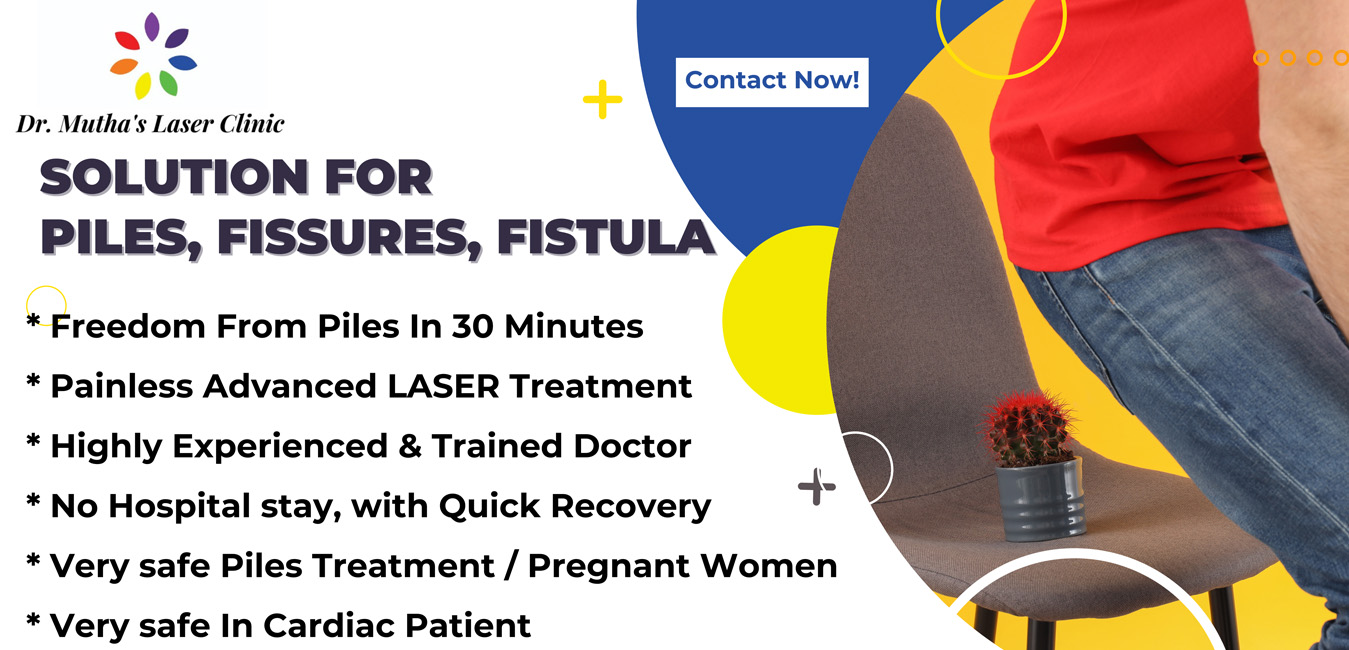Piles, also known as hemorrhoids, are swollen anal cushions which contain veins of the rectal area. They can cause a variety of symptoms, which can range from mild discomfort to severe pain. Here are some common symptoms of piles:
Pain or discomfort in the rectal area: This can be a dull ache or a sharp pain, depending on the severity of the piles. It may be worse during bowel movements or when sitting for long periods of time.
Bleeding: Piles can bleed, especially during bowel movements. This Blood is bright red and may be accompanied by mucus. It also may be in the form of stains, drops or even bright red clots.
Swelling: Piles can cause swelling in the anal area. Up to grade 2 these are not visible. Grade 3 piles are visible only while passing stools and grade 4 are always visible at the anal verge.
Constipation:Constipation is the mother of Piles and the presence of Piles can make it difficult to pass stools.This can make the symptoms of piles worse and can be a cycle that is difficult to break.
Protrusion: Grade 4 Piles and thrombosed piles can protrude from the anal verge , which can result in extreme discomfort, pain and skin excoriation with itching in this area.It is also a sign of severe piles.
If you are experiencing any of these symptoms, it is important to see a Proctologist. Piles can be symptomatically treated with a variety of methods, including over-the-counter creams, ointments, and medications. For definitive Treatment, surgery is necessary. It is also important to make lifestyle changes to help prevent piles, such as increasing your fiber intake, drinking plenty of water, and avoiding sitting for long periods of time.







